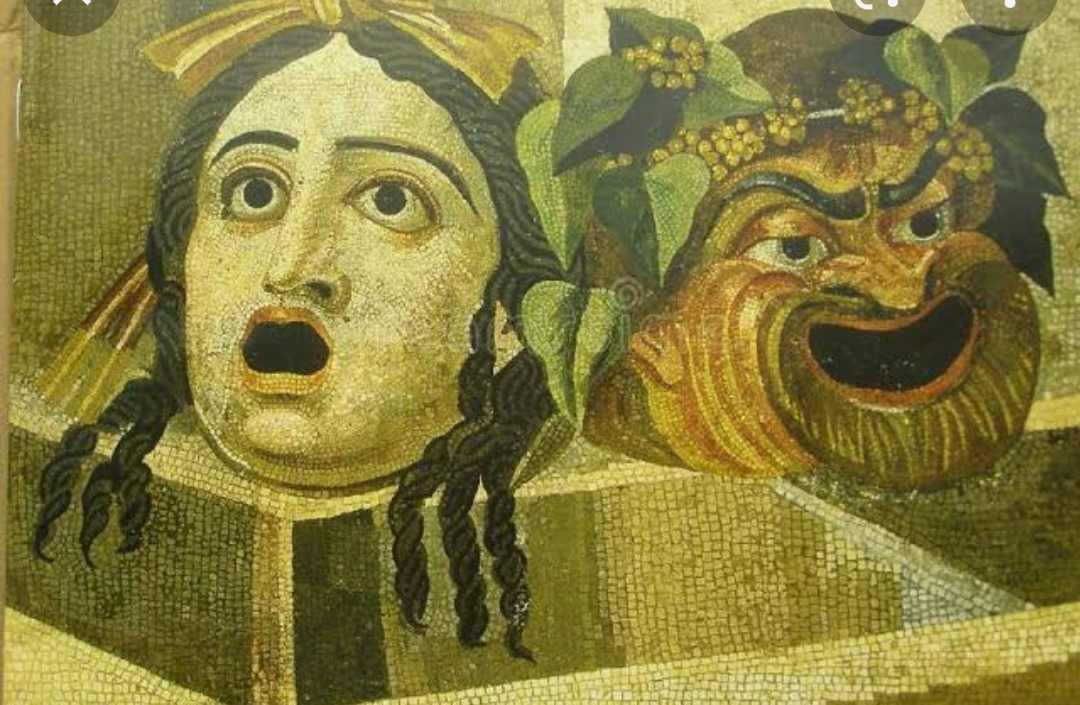Tragi Comedy

Tragi-Comedy Tragi-Comedy is half tragedy and half comedy. Both comedy and tragedy are intermingled harmoniously. Thus Tragi-Comedy became a genre of play that mixed tragic elements into drama that was mainly comic. A comedy with tragic background is more effective comedy. The wrong done by chief character is corrected at the end. Eg. As You Like It and Much Ado about Nothin g. Tragic comedy is a complete tragedy at a complication part that is the beginning part and complete comedy at the denouement. The Rising Action - Tragedy The Falling Action - Comedy The tragicomedy dates back to the Roman dramatist, Plautus. In his Amphitruo, he called his play a " tragico-comoedia". The English form arose in the reign of James I under Italian and Spanish influences. Shakespeare handled the form at the end of his career. Tragic- comedy argument: Addison claims "one of the most monstrous invention that ever entered into poet's thoughts&qu





